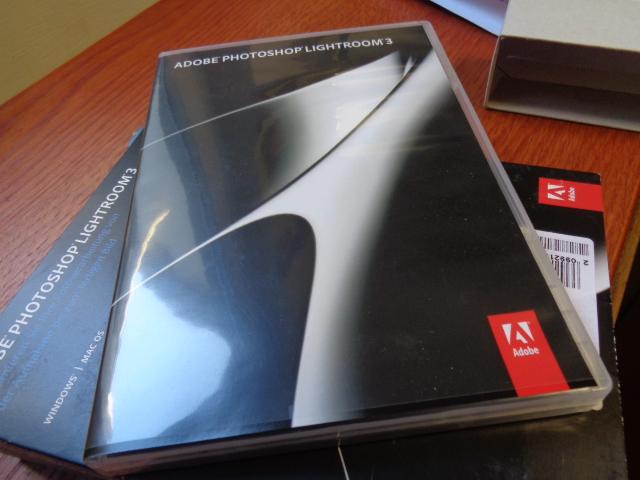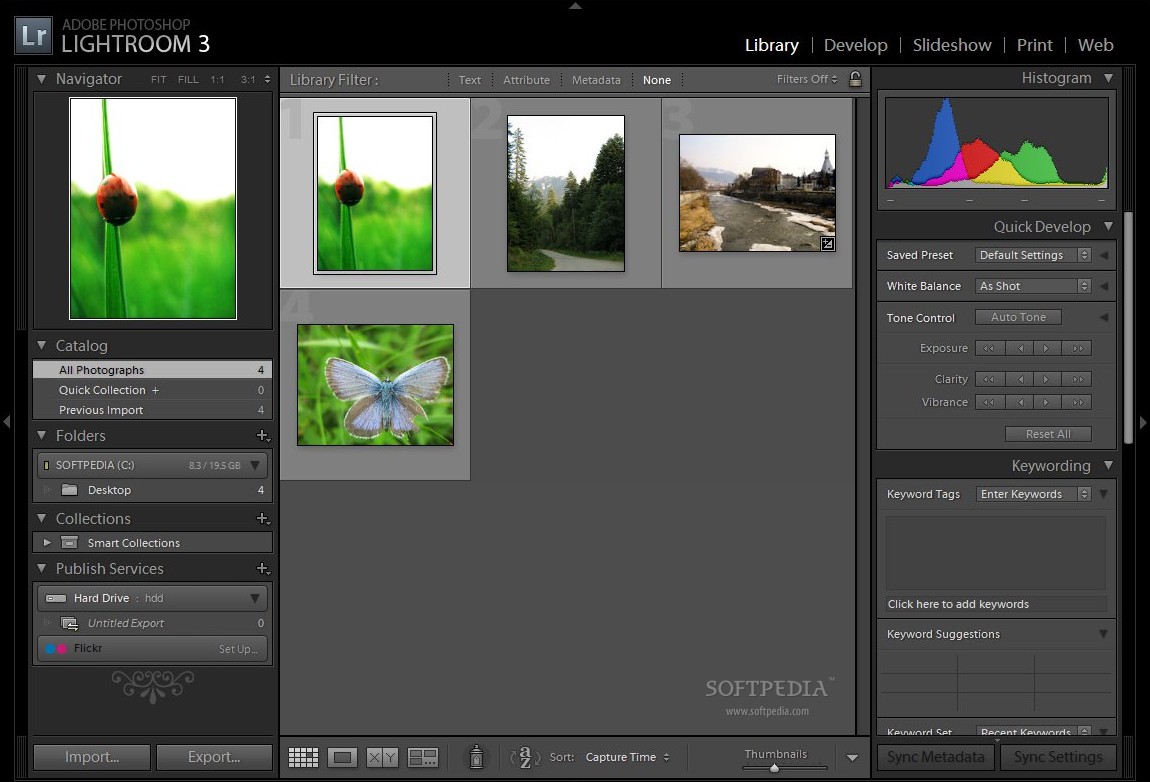

Indeed, one of Photoshop’s biggest strengths is that it provides a number of ways to skin just about any cat you can name.

And speaking of brushes, just about every mouse stroke you can make in Photoshop can be adjusted for size, weight, flow rate and opacity, meaning you can make changes to your images ranging from the almost infinitely subtle to the (literally) broadest of strokes. Photoshop also has a proper clone stamp tool (for cloning pixels in an image), complete with the ability to rotate the source of your cloning as you brush onto the image. They’re an incredibly powerful, flexible tool and one of the main reasons our images get round-tripped out of Lightroom. The beauty of layers is they allow to carefully, invisibly, composite images together to create photorealistic effects, or to merge photographs with different subjects. If you can imagine it, and you’re prepared to take the time to learn, you can do just about anything to a photograph that you can imagine using Photoshop.įrom a photography standpoint, the ability to create layers, including adjustment layers, is unbelievably useful, and a feature that seems unlikely to ever make it to Lightroom. What can you do in Photoshop that you can't do in Lightroom? Lightroom also has some unbelievably powerful cataloguing and organizational tools – it could be argued that if all it included were these, it would still be worth the price of admission. Lightroom makes edits in much broader strokes – while it includes some per-pixel tools – a healing brush and a clone stamp, for example – its strength is generally in its ability to take an image and very quickly refine it. If there’s a single pixel you want to change, Photoshop will let you do that. That means that while you can make changes to your image as a whole, you don’t have to. When it comes to editing photos, Photoshop is what’s known as a per-pixel editor. That makes it almost outrageously powerful, particularly considering the price (more on that later), but it also means there are lots of tools that photographers will need either rarely, or in some cases, literally never. Photoshop might have the word “photo” in its name, but over the years it’s grown from being a straightforward image editor to being an incredibly flexible program for illustration, page layout, video editing, animation and a few more things besides. Photoshop and Lightroom Classic are both image editors, but they work in very different ways. It’s less powerful, though, and those serious enough about their photo editing to be considering Photoshop as a photo editor should only really be thinking about Lightroom Classic – which is what we’re doing here. Lightroom – without “Classic” appended to it – is a cloud application great for those who want to edit on a tablet as well as a desktop or a phone. Lightroom Classic is the full-fledged desktop application, complete with image editing, the catalogue and so on. Slightly confusingly, Lightroom Classic – which is what we’re talking about here – differs a bit from what is now simply called Lightroom.


 0 kommentar(er)
0 kommentar(er)
